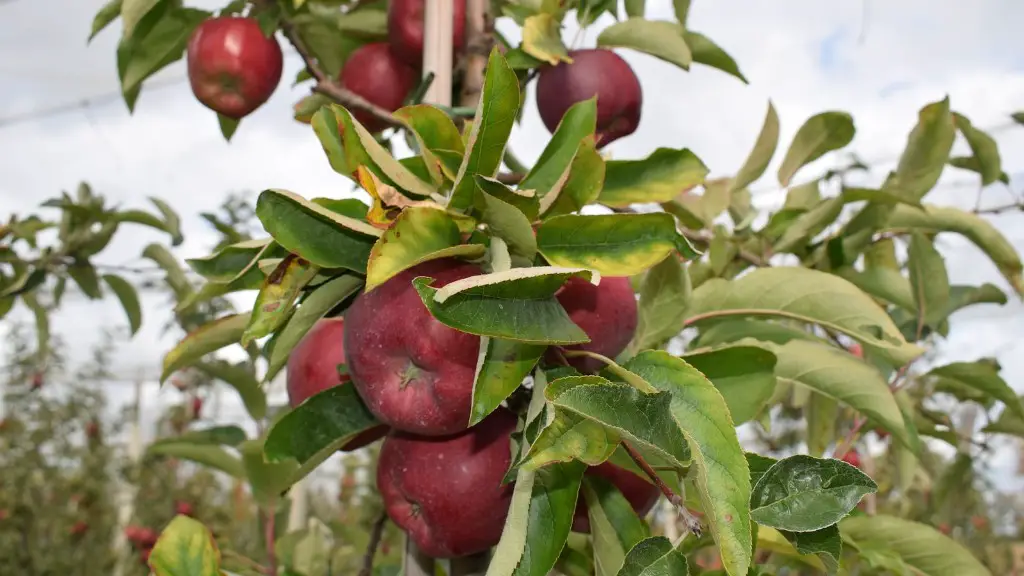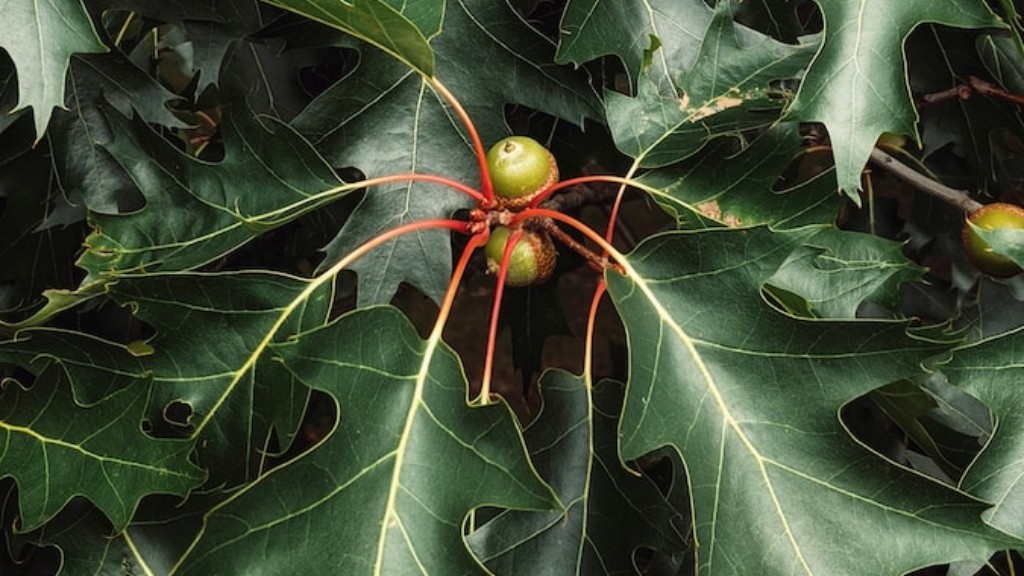It is important to know the right time of year when planting a lemon tree to ensure optimal growth and the best yield. Generally, the best time to plant a lemon tree is during mild weather, usually late winter or early spring. Before planting, be sure to monitor the upcoming weather forecast in your area and if possible soil test to ensure the soil is fertile and well drained.
Most citrus trees like to be planted in wet weather so if the soil seems dry, you may need to water it first. For the best results, you should use a soil mix that is specifically designed for citrus trees. This soil mix should include organic matter such as compost, manure, or sphagnum peat moss. You should also make sure the soil is well-drained, but avoiding any standing water to prevent root rot.
Once your soil is prepared and the weather is mild, it’s time to select a site for planting. When choosing the location for your lemon tree, make sure it is in full sun and make sure there is enough space for the roots to spread and for the tree to reach its mature height. Additionally, ensure the site is properly irrigated to ensure proper growth. If your soil isn’t well-drained, you may need to raise the soil slightly to allow the water to drain away.
When planting the lemon tree, dig a hole that is twice the diameter of the tree’s container. Make sure the hole is deep enough to cover the root ball, then fill it with the soil mix. Once the tree is in the hole and the soil is level around the base of the tree, gently water the soil until it’s moist. Finally, apply a layer of mulch around the tree to help the soil retain moisture.
After planting, it is important to monitor your lemon tree. If it gets too dry, it may need to be watered. If it gets too wet, it may need to be aerated. You may also occasionally feed your lemon tree a balanced fertilizer for citrus trees, as long as it does not contain too much nitrogen. If you follow these steps and plant your lemon tree at the right time of year, you’ll have a healthy and productive lemon tree in no time.
Watering your Lemon Tree
When it comes to watering your lemon tree, it is important to take into consideration the type of soil the tree is planted in. If the soil is sandy, it will require more water than soil that is loamy. Additionally, you need to pay attention to the amount of rainfall in your area. If there has been limited rain, you may need to water your lemon tree more often.
Ideally, you should keep the soil consistently moist but not soggy. When watering, use a garden hose and apply a generous but slow flow of water so that the entire root system can be reached. Make sure to stop if water begins to pool and to check if the soil has been evenly moistened before moving onto the next area.
It is also important to avoid over-watering your lemon tree, as too much water can suffocate the root system and cause the tree to become stunted. If you notice any discoloration on the leaves, drooping branches, or yellowing, this is an indication that the tree isn’t getting enough water.
Mulch can also help keep your lemon tree’s soil moist and keep the root temperature consistent. Applying a thin layer of mulch around the base of the tree can also help to suppress weeds and keep the soil moist for longer periods of time.
Fertilizing your Lemon Tree
Fertilizing your lemon tree is essential for healthy growth and maximum yield. You should apply a balanced fertilizer for citrus trees twice a year, in the beginning of spring and midsummer to help the tree maintain continual growth throughout the year. Be sure to use a fertilizer that does not contain too much nitrogen, as this can cause the leaves of the tree to burn. Additionally, avoid any fertilizers with a high salt content as this can damage the tree roots.
When fertilizing, you should apply it to the entire area around the base of the tree(about two feet away from the trunk). After that, use a garden rake to lightly rake the fertilizer around the tree and then water it if needed. It’s important to water after fertilizing, as the fertilizer can dry out the soil and cause the nutrients to be more concentrated.
You should also inspect your tree for signs of pest or disease. If you notice anything, don’t hesitate to contact a local plant or tree specialist for help. Taking the time to regularly inspect your lemon tree will help to ensure its health and productivity.
Pruning your Lemon Tree
Pruning is an essential part of lemon tree maintenance, and it should be done at least once a year. Pruning helps to promote new growth and to maintain the shape of the tree. When pruning, you should aim to remove any broken or crossing branches, any branches that have been weakened by storms, and any branches that are competing with each other. Additionally, you should aim to cut back any shoots that are growing downward and any branches that are growing out at an unnatural angle.
You should also aim to remove any diseased wood or leaves that can spread and affect the health of the tree. Additionally, pruning can help to keep the tree shape, as well as keep the tree healthy and producing high yields. Make sure to use sharp, sterilized pruning shears and to clean them after each use to reduce the chance of spreading disease.
When pruning a lemon tree, remember to leave some foliage as this helps to promote healthy growth from the leaves. Additionally, aim to maintain a balanced shape and avoid simply removing all of the branches. If you prune too heavily, the tree may produce fewer fruits, or it may become top heavy.
Harvesting your Lemon Tree
Lemon trees generally take 3-4 years before they start producing fruits and can live for up to 10 years. When harvesting the lemons, it is important to wait until the fruit is completely ripe. If you harvest the lemons before they are ripe, they may never ripen and will not have the best flavor. Additionally, if you allow the lemons to remain on the tree too long they may rot.
When picking your lemons, you should use a hand picker or shears to make sure that they are not damaged. Additionally, be sure to wear gloves when harvesting lemons as their juice can be very acidic and can cause skin irritations. You should also pick up fallen fruits promptiy to reduce the chance of them becoming rotten.
Once harvested, the lemons can be stored for up to a week in a cool place. You can also freeze them for longer storage. When storing the lemons, make sure to place them in plastic bags or wrap them in newspaper as this helps to retain their moisture and prevent spoilage.
Caring for your Lemon Tree
Caring for a lemon tree is relatively easy and straightforward. It is important to monitor the water level and maintain consistent fertilizing. Additionally, inspect the tree regularly for any signs of pests or disease, and prune the tree when necessary. When it comes time to harvest, wait until the lemons are ripe and use proper harvesting tools to avoid damage to the tree. With proper care and maintenance, you can have a healthy and productive lemon tree for many years to come.



